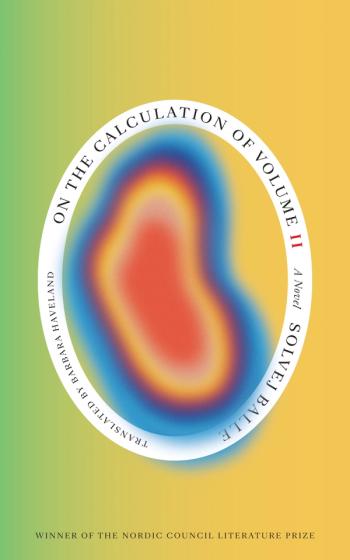The first year of November 18th has come to a close: on its 368th iteration, Tara Selter has returned to her hotel room in Paris, the place where her time problem began. As if perched at the edge of a precipice, she readies herself to leap into November 19th.
Book II of Solvej Balle’s astounding seven-part series On the Calculation of Volume beautifully expands on the speculative premise of Book I, drawing us further into the maze of time, where space yawns open, as if suddenly gaining a new dimension, extending into ever more fined-grained textures. Within this new reality, our senses and the tactility of things grow heightened: sounds, smells, sights, objects come suddenly alive, as if the world has begun whispering to us in a new language.
And yet as the world announces itself anew, Tara’s own sense of self is eroding, making her wonder just which bits of her are really left intact: “It is the Tara Selter with hopes and dreams who has fallen out of the picture, been thrown off the world, run over the edge, been poured out, carried off down the stream of 18ths of November, lost, evaporated, swept out to sea.” She begins to think of herself as a relic of the past, without a purpose or a place. Desperate to recover a sense of herself within time, Tara decides to head north by train in search of winter, but soon she turns south in pursuit of spring, as she tries to grasp onto durational time through seasonal variations. Book II is all movement and motion—taking us through the European countries of the North and the South, through seasons, and languages—an amazingly beautiful travelogue that is also a love letter to our vanishing world. To be continued...


